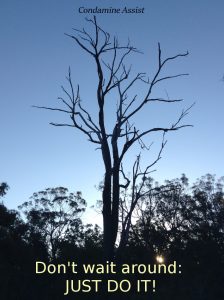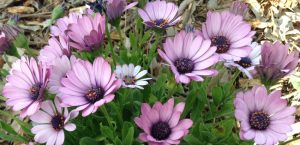
For nearly 2 weeks the weather has been drizzly and windy. It’s exciting to see the browns turn to bright greens as the water soaks in and gives us hope that we won’t forever more be living in drought. But with our usual MTB trails and State Forests closed until the ground dries out, we have to get our fix in other ways.
Here are 13 different things that I’ve been doing instead of riding in the great outdoors. What other ideas do you have?
1. Baking. Especially coffee muffins. Perfect for your next mid-ride snack!
2. Go for a walk. If you can’t do it on two wheels, do it on two legs. Get out of doors, into nature and breathe in that fresh air.
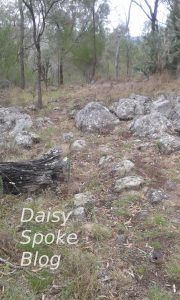 3. Pace out that tricky section of MTB trail that gets you stuck. As you become more familiar with the tricky technical bits, you’ll be able to find a line and visualise yourself riding it. A great set-up for the next time you ride.
3. Pace out that tricky section of MTB trail that gets you stuck. As you become more familiar with the tricky technical bits, you’ll be able to find a line and visualise yourself riding it. A great set-up for the next time you ride.
4. Spring clean that cupboard that’s been on your to-do list for months but you’ve been too busy riding to get to it. Admittedly, not as fulfilling as riding right now, but think of your sense of satisfaction as you cross it off your list knowing you’ve well and truly earned your next ride.
5. Rearrange your furniture, reorganise your shed or change-up your bike storage. The process of sorting and organising can be inspiring as well as energising, and flows into other areas of our lives.
6. Plan your next holiday or MTB adventure. Read, research, talk to others, plot 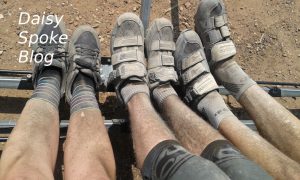 a route on a map, create a budget, make some bookings. You know you want to!
a route on a map, create a budget, make some bookings. You know you want to!
7. Give your bike/s a bit of love and care. Catch up on your maintenance and servicing activities to keep your best buddy rolling along through your next adventure.
8. Remember those hobbies you used to have before you discovered the joys of MTB? Yeh, well they’re still waiting for you, so make the most of the rainy weather and immerse yourself in your other loves.
9. Go on a picnic with your family. You know, those other non-riding people you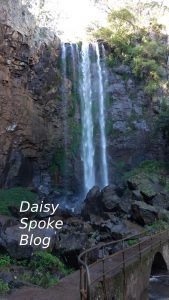 live with? Show them a bit of love and maybe at the same time you could check out that new trail in preparation for the next time you go riding!
live with? Show them a bit of love and maybe at the same time you could check out that new trail in preparation for the next time you go riding!
10. Core strength training. We all know that MTB is so much fun that we make that our priority, and the added extras like core strength training are a bit hit or miss. So unroll your yoga mat while you have the chance and work those abs!
11. Gardening. It’s amazing how much strength training you can accomplish by even gentle weeding, pruning and digging in the garden. You’ll be sore the next day – proof that you’ve worked those muscles that have been sadly neglected through focused bike riding.
12. House management tasks. Get them done now while you can. Tomorrow could be perfect riding weather and you don’t want to be stuck in the house cleaning or needing to go to the grocery store when you could be outside with your friends riding.
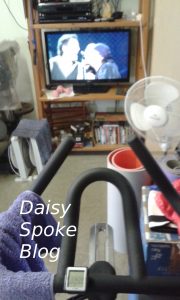 13. Indoor training. Interval training on the stationary bike to your favourite rock music that gets your legs spinning, your heart pumping, and the time flying by. Bruce Springsteen’s my all time favourite. Nothing beats a good workout to the tunes of “Come on up for the Rising”, “Waiting on a Sunny Day”, “Rosalita”, and “Born to Run”. You’ll feel the difference in your fitness next time you have a real dinky-di outdoors-y MTB ride!
13. Indoor training. Interval training on the stationary bike to your favourite rock music that gets your legs spinning, your heart pumping, and the time flying by. Bruce Springsteen’s my all time favourite. Nothing beats a good workout to the tunes of “Come on up for the Rising”, “Waiting on a Sunny Day”, “Rosalita”, and “Born to Run”. You’ll feel the difference in your fitness next time you have a real dinky-di outdoors-y MTB ride!
Discovering mountain biking as life’s ultimate parallel universe in her middle age,  Kathryn Walton shares information and reflections in Daisy Spoke that connect, inspire and self-empower women to make healthy choices for themselves.
Kathryn Walton shares information and reflections in Daisy Spoke that connect, inspire and self-empower women to make healthy choices for themselves.


